Concorde Planes
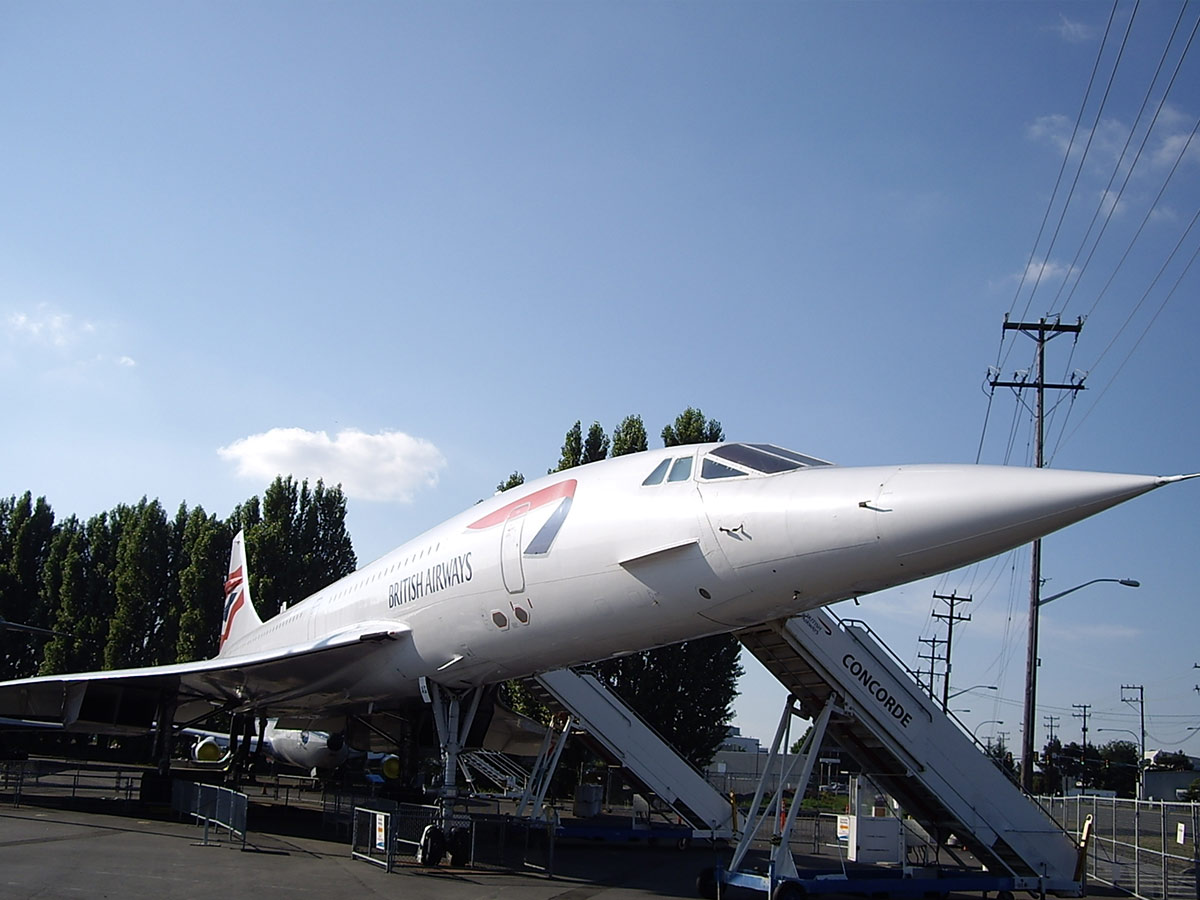
The Concorde, once a symbol of luxury and speed in air travel, faced a tragic incident on July 25, 2000, when Flight 4590 crashed shortly after takeoff from Paris, killing all 109 people on board and four on the ground. This disaster, attributed to a tire burst caused by debris on the runway, led to a temporary grounding of the fleet.
The financial repercussions were significant, with the costs associated with upgrading the remaining planes to meet enhanced safety standards and the eventual decision to retire the fleet in 2003 estimated to be hundreds of millions of dollars. The end of the Concorde era was marked not only by this tragic accident but also by the substantial economic impact of scrapping the planes.
The California High-Speed Rail Project

The California High-Speed Rail project, envisioned as a groundbreaking transportation system to connect major cities across the state, has become notorious for its ballooning costs and delays. Despite billions of dollars spent since its approval by voters in 2008, progress has been slow, and the project has faced numerous challenges, including legal battles, land acquisition issues, and increasing budget estimates.
Originally estimated at around $33 billion, the cost projection has escalated to over $100 billion, sparking debates on the project's feasibility and management. With significant funds already invested, the lack of substantial progress raises concerns about future expenditures and the project's ultimate completion.
Pets.com

The Pets.com debacle is a quintessential symbol of the dot-com bubble burst in the early 2000s. Launched in 1998, Pets.com aimed to revolutionize the pet supply industry with an online retail model. Despite aggressive marketing, including a notable Super Bowl ad and a memorable sock puppet mascot, the company failed to achieve profitability.
It went from IPO to liquidation within just 268 days, resulting in a loss of approximately $300 million for investors, employees, and suppliers. The rapid collapse of Pets.com highlighted the era's speculative investment practices and the challenges of early e-commerce business models.
2014 Brazil World Cup

For the 2014 World Cup, Brazil embarked on an ambitious infrastructure project, promising significant upgrades in transportation, stadiums, and public amenities. However, many of these projects remained incomplete by the time the tournament started, and some were abandoned entirely afterward.
The costs associated with these underutilized or unfinished projects are estimated at approximately $11 billion, burdening the country's finances. The discrepancy between the planned infrastructure improvements and the actual outcomes has been a source of widespread criticism in the country.
Isaac Peral Submarine
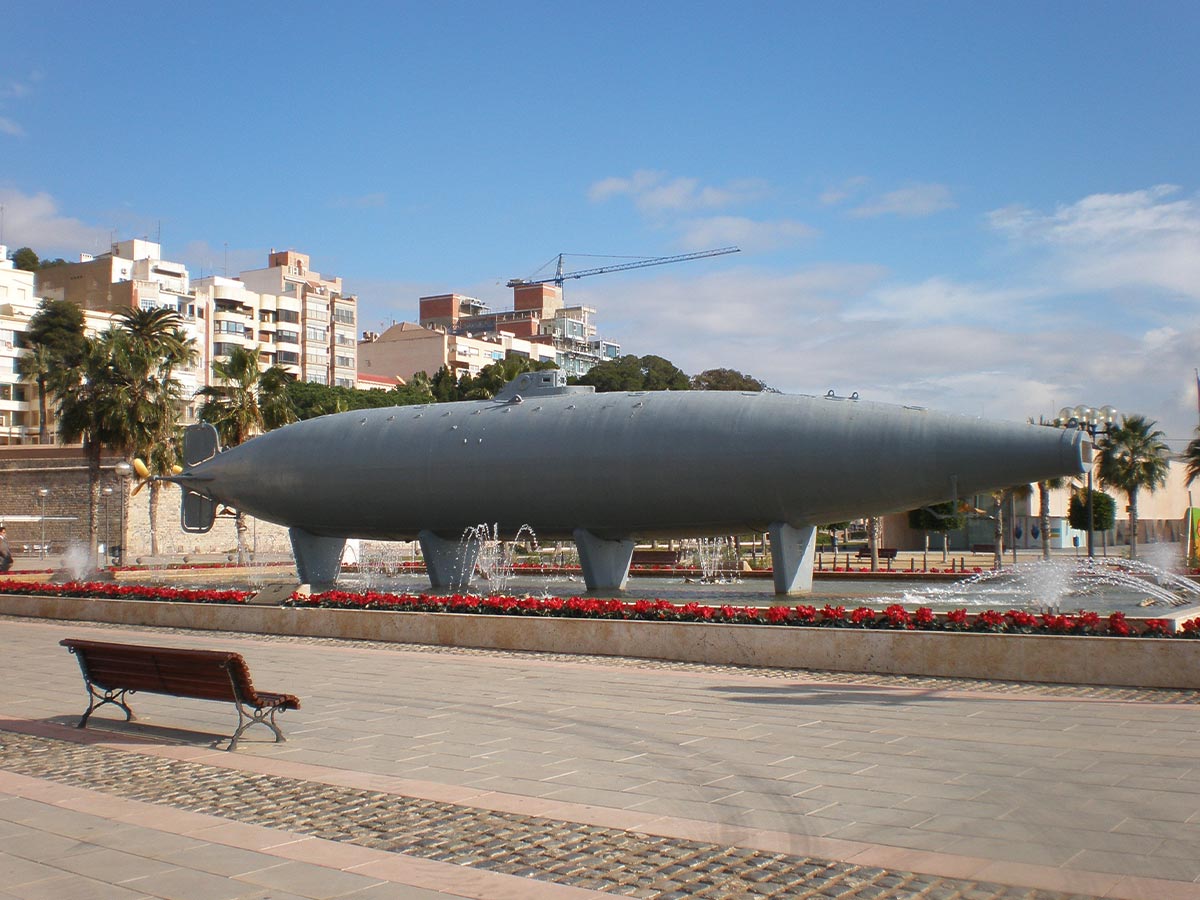
The Isaac Peral Submarine, a part of Spain's S-80 Plus class, encountered significant weight problems during its development, jeopardizing its ability to surface after submerging. This critical issue led to extensive redesigns and engineering modifications, inflating the project's costs considerably.
Originally budgeted within a multi-billion Euro framework, these unforeseen complications have substantially escalated the financial commitments required to rectify the design flaws. It's estimated that the submarine cost more than two billion euros.
Dubai Mall Aquarium Leak
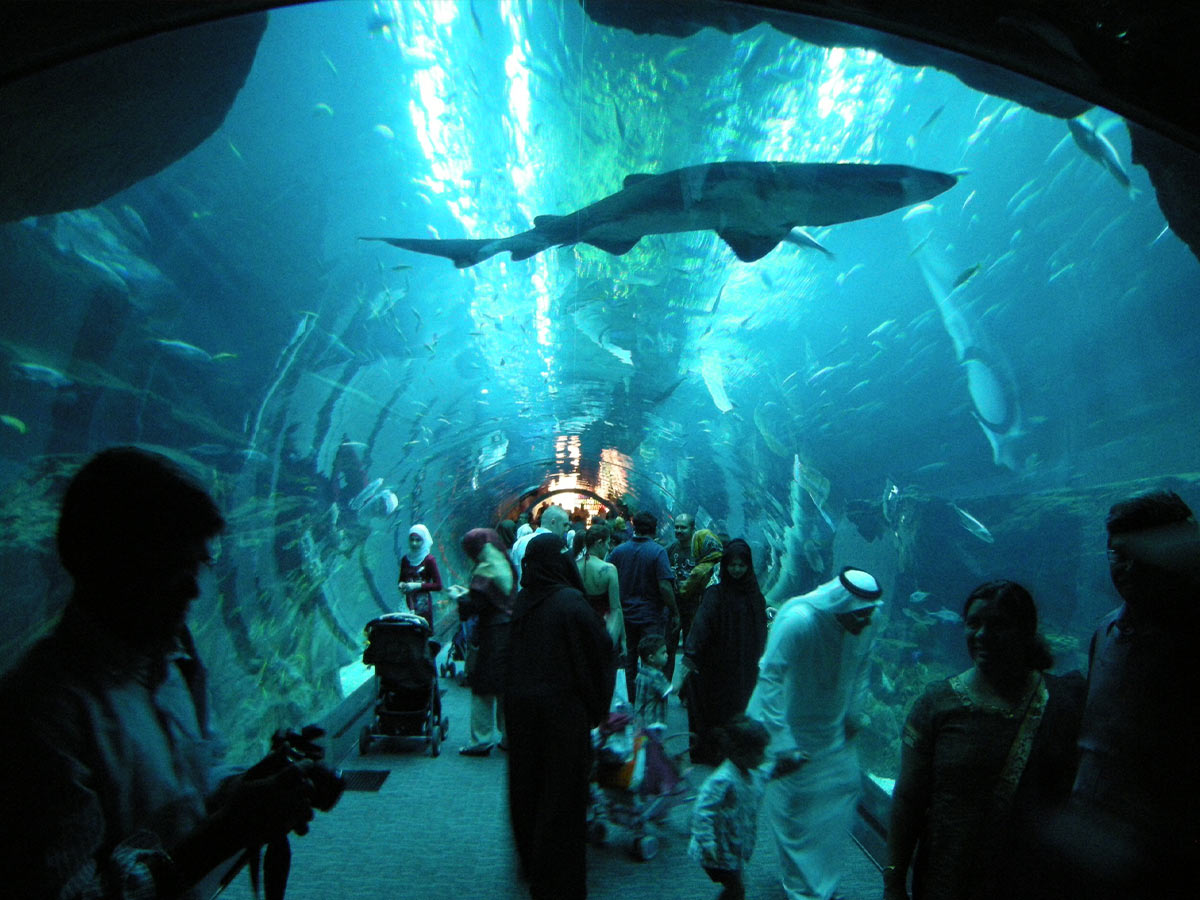
In February 2010, the Dubai Mall Aquarium, one of the largest tanks in the world, experienced a significant leak that alarmed visitors and required immediate action. The aquarium, home to thousands of marine animals, suffered from a crack that led to water spilling into the mall area. Emergency services quickly intervened, preventing any harm to the public or marine life.
Although the exact financial cost of the incident was not publicly disclosed, the repair and reinforcement of the tank, alongside the temporary closure of nearby retail areas, are estimated to cost in the range of $20 billion.
SNCF Oversized Trains
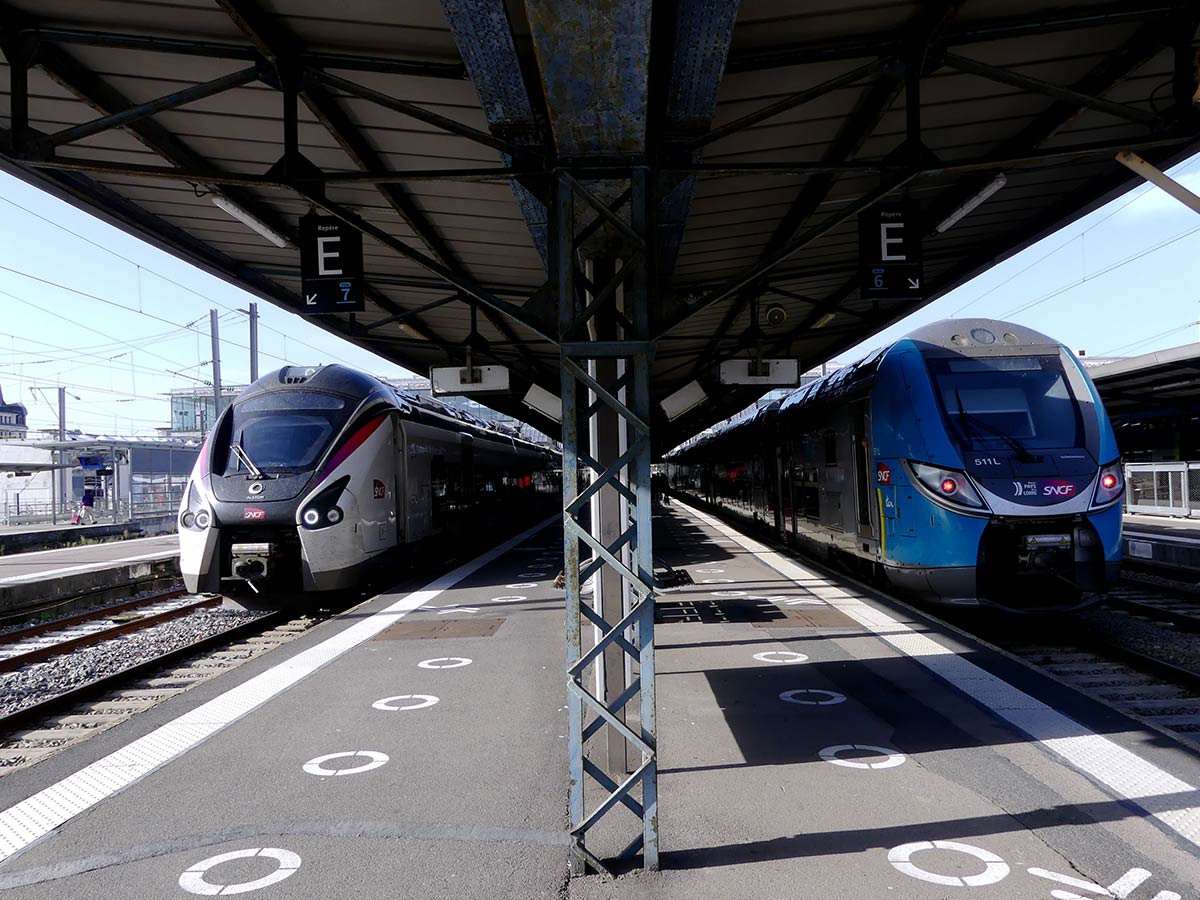
In 2014, France's national railway operator, SNCF, faced a peculiar and costly blunder when it was discovered that 2,000 new trains they had ordered were too wide for many of the country's station platforms. This oversight occurred due to miscommunication between SNCF and RFF, the railway network owner.
To accommodate the new trains, platforms at 1,300 stations needed modification, leading to an estimated cost of over €50 million.
Deepwater Horizon Explosion
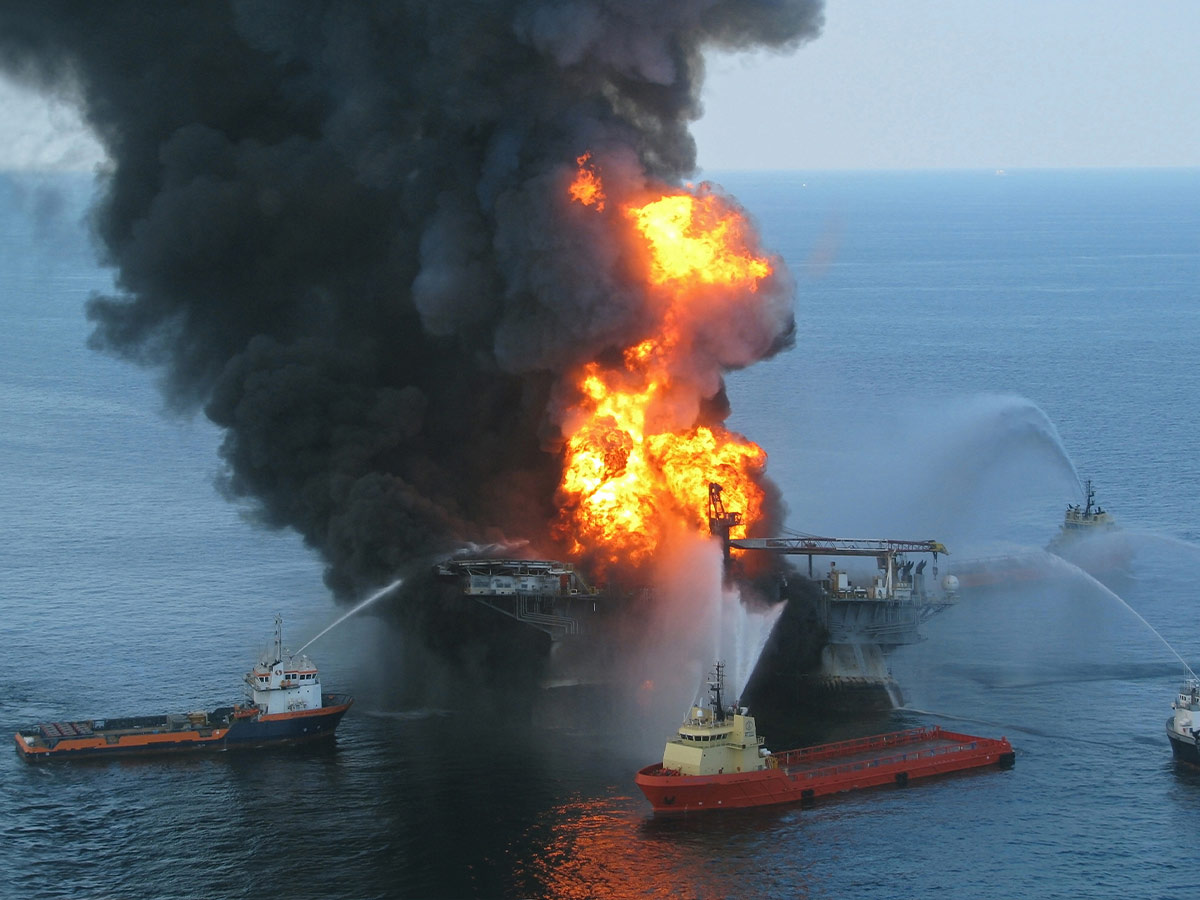
The Deepwater Horizon explosion in April 2010, one of the worst environmental disasters in U.S. history, resulted from a blowout at an offshore drilling rig in the Gulf of Mexico. This catastrophic event claimed 11 lives, injured 17 others, and led to the largest accidental marine oil spill.
The financial repercussions were staggering, with BP, the operator of the rig, incurring costs exceeding $65 billion for cleanup efforts, fines, and compensation for the affected communities and businesses.
Apollo 13 Mission
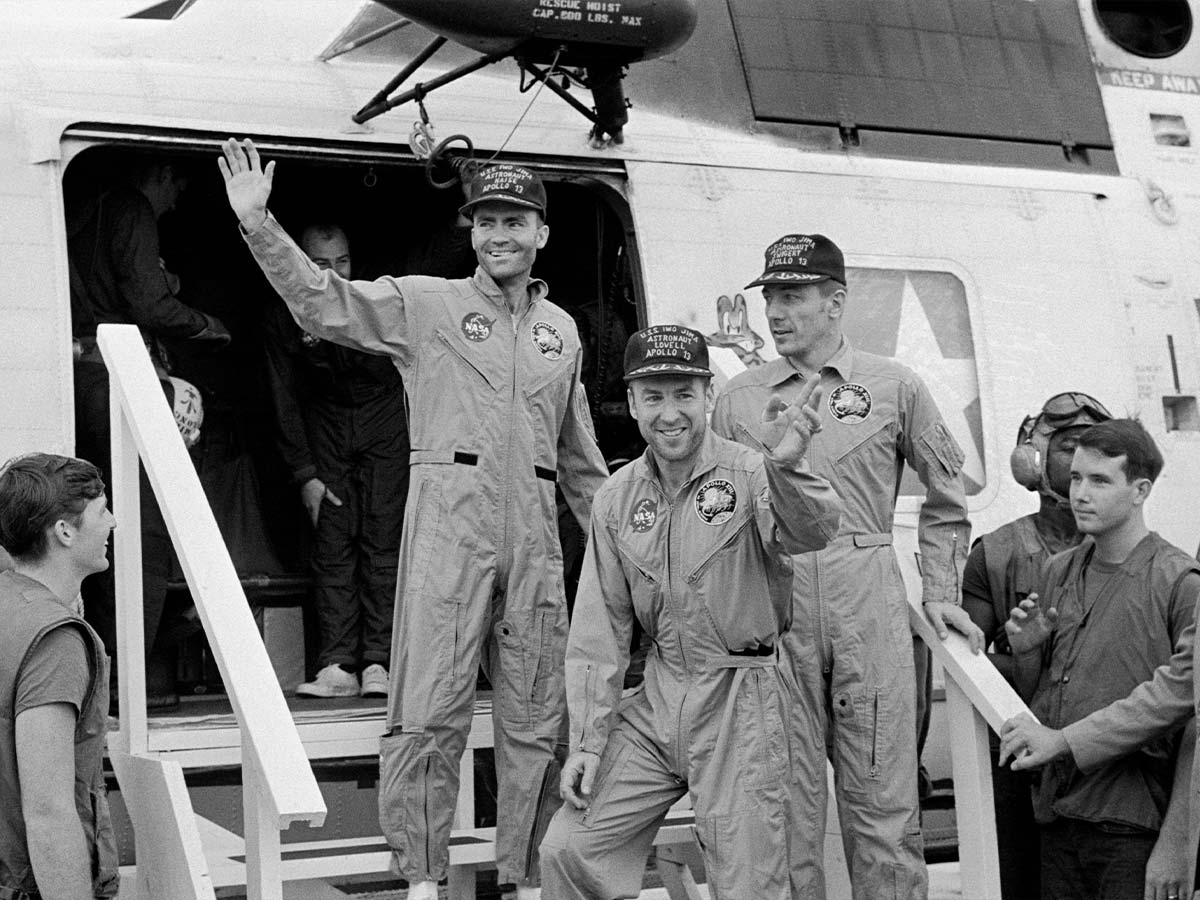
The Apollo 13 mission, launched in April 1970, was intended to be NASA's third moon landing. However, it became a dramatic survival story due to an oxygen tank explosion two days into the mission. This failure crippled the spacecraft, jeopardizing the lives of the three astronauts aboard.
Financially, the cost of the mission exceeded $375 million in 1970 (more than $3 billion today), not including the extensive investigation and modifications to spacecraft design that followed.
Disney's 'John Carter'
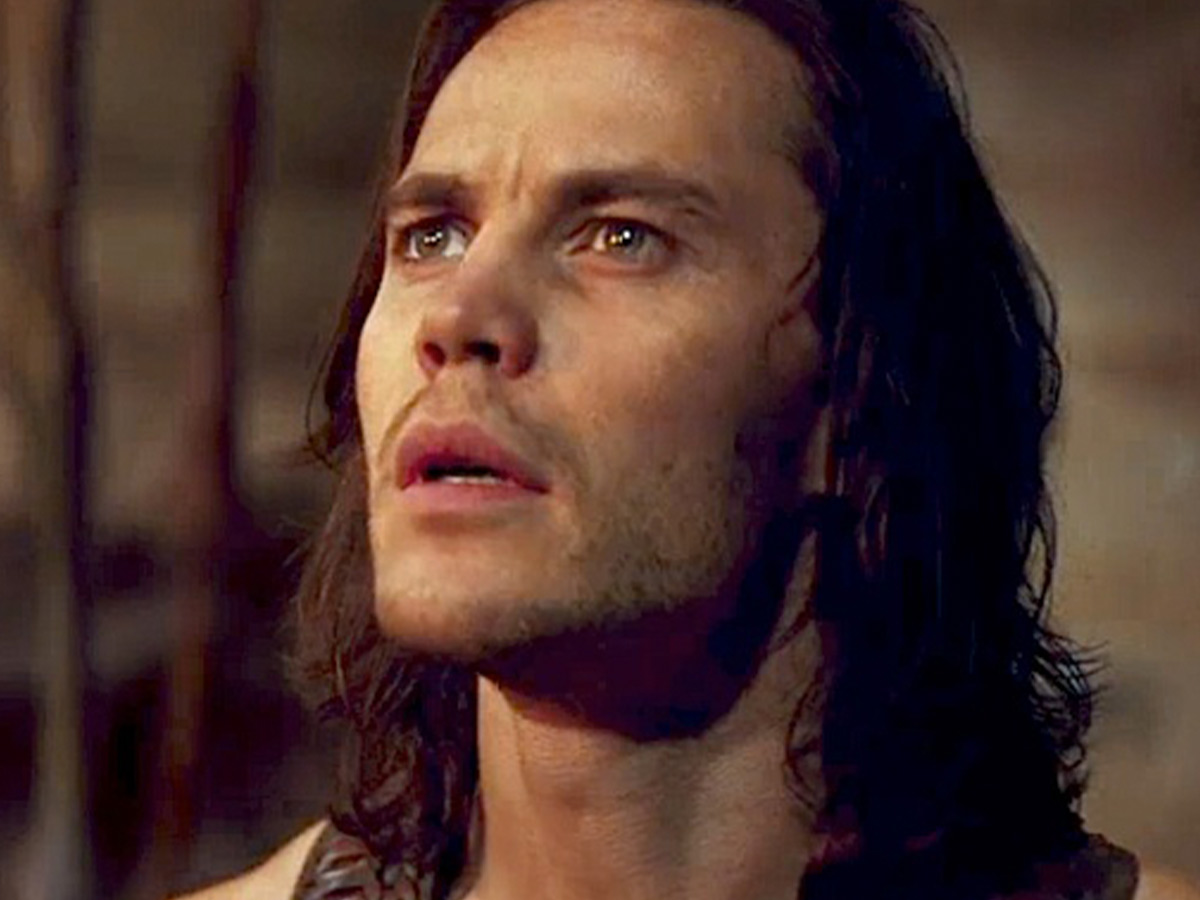
Disney's "John Carter," released in 2012, stands as one of the most infamous flops in cinematic history. With a production and marketing budget surpassing $350 million, the film faced monumental expectations. However, it struggled at the box office, grossing only around $284 million worldwide.
The movie's failure to connect with a broad audience resulted in Disney reporting a staggering $200 million loss. The movie's underperformance led to significant strategic reassessments within Disney concerning its approach to blockbuster cinema.
Boston's "Big Dig"

Boston's "Big Dig," officially known as the Central Artery/Tunnel Project, was one of the most ambitious and complex urban infrastructure projects in U.S. history. Initially estimated to cost $2.8 billion in 1982, the project aimed to alleviate traffic congestion by relocating the Central Artery underground.
However, engineering challenges, environmental issues, and management problems caused numerous delays and budget overruns. By its completion in 2007, the cost had ballooned to over $14.6 billion, making it the most expensive highway project in the U.S. The "Big Dig" improved traffic flow but at a significant financial and societal cost.
AOL/Time Warner Merger
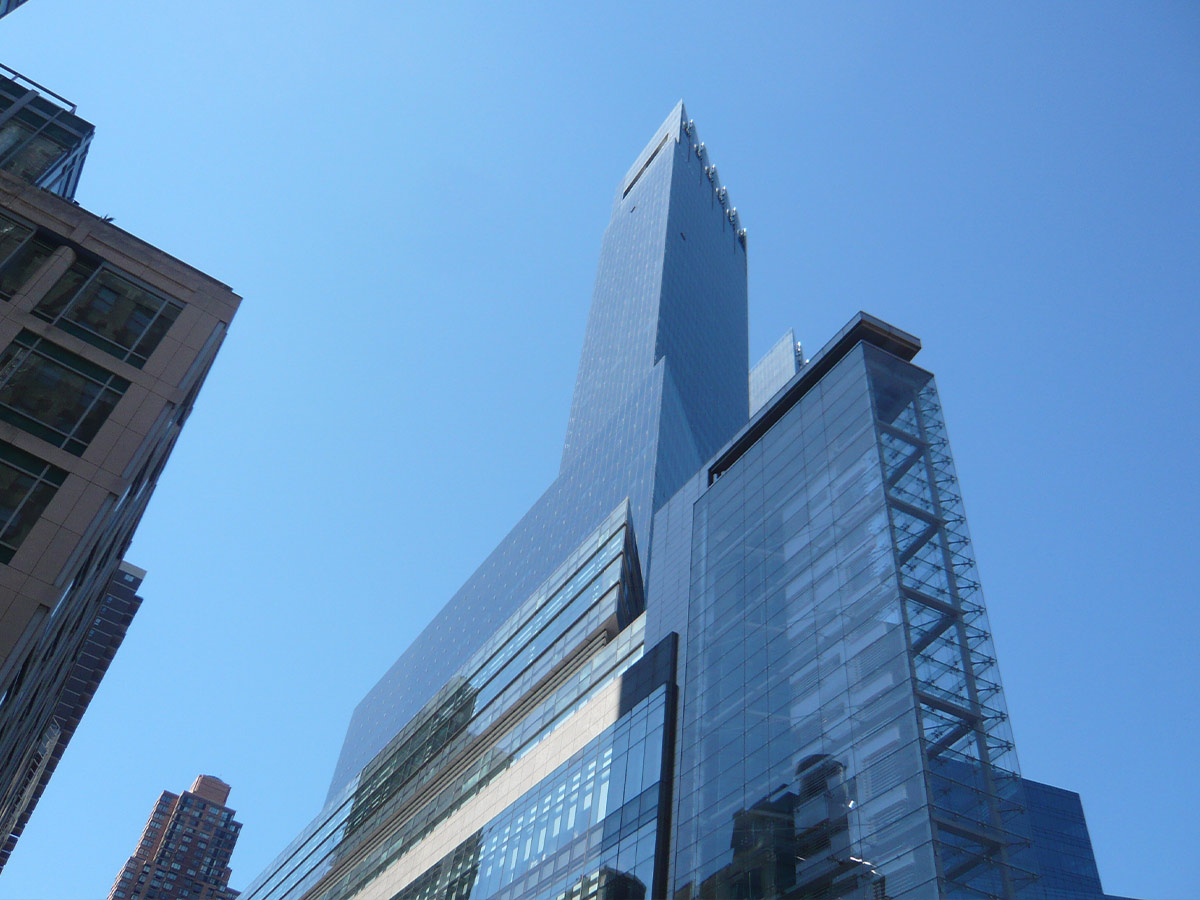
The 2000 AOL/Time Warner merger, valued at $165 billion, is one of the most notorious failures in business history. Heralded as a fusion of old and new media, the deal instead became a case study in cultural mismatch and the perils of overvaluing dot-com businesses.
The bursting of the dot-com bubble shortly after the merger exacerbated its problems, leading to massive losses. By 2002, the merged company posted a staggering loss of $99 billion, largely due to a write-down of AOL's diminishing value.
Atlantic City Taj Mahal Casino
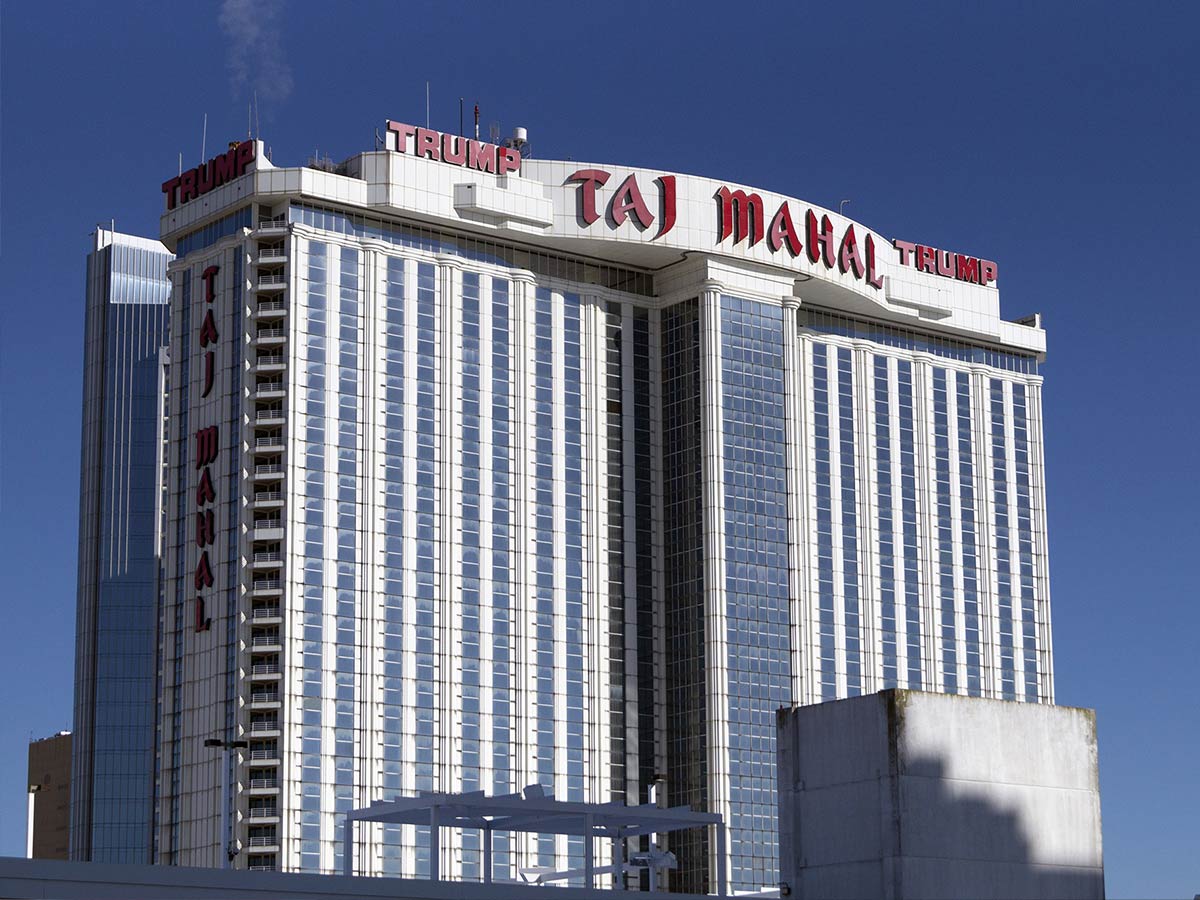
The Atlantic City Taj Mahal Casino, once dubbed the "eighth wonder of the world" by its owner, Donald Trump, opened in 1990 with grand fanfare. However, it quickly encountered financial difficulties, including debt from its construction costs exceeding $1 billion.
Despite multiple attempts to save it through bankruptcy filings and restructuring, the casino never achieved the profitability anticipated. The Taj Mahal ultimately closed its doors in 2016 after years of losses, marking one of the most prominent failures in Atlantic City's casino industry.
Post-War Rebuilding of Iraq
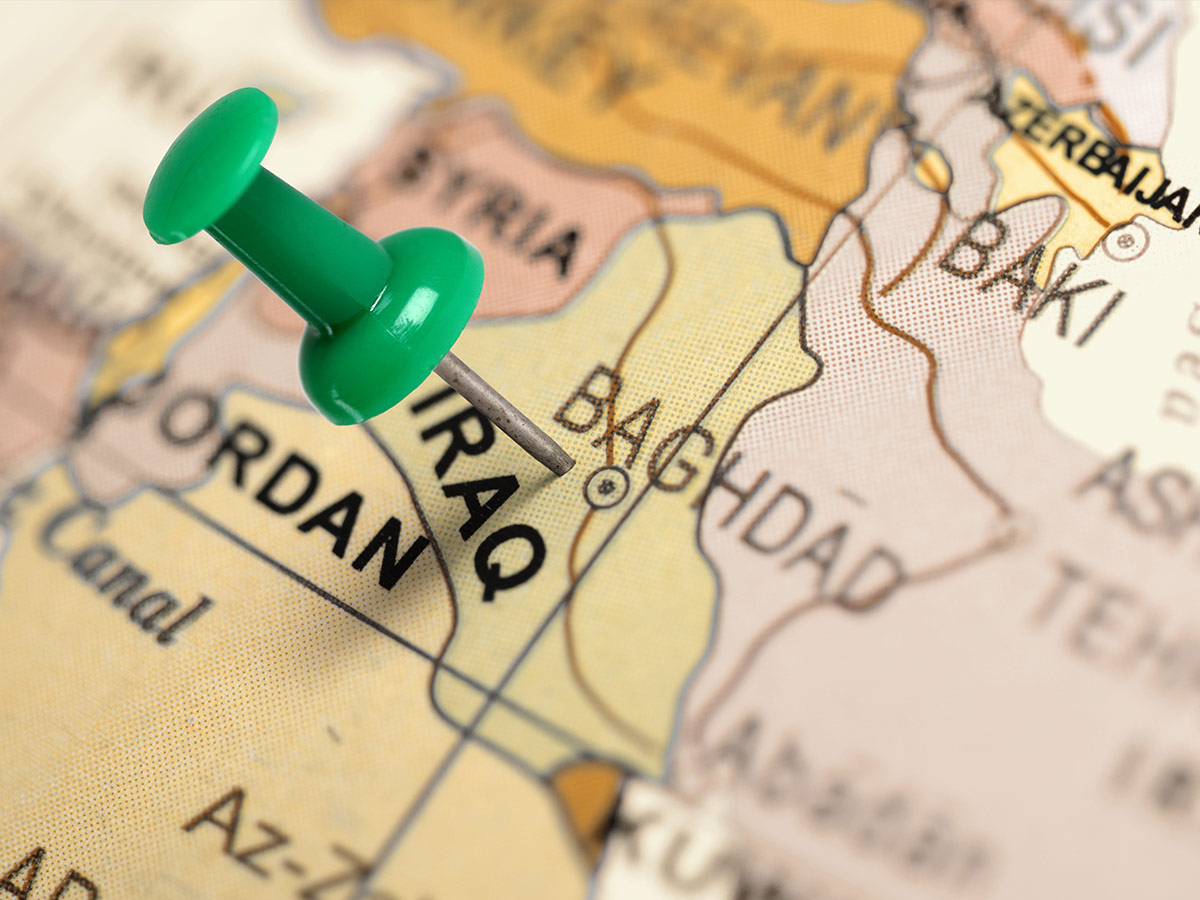
The post-war rebuilding of Iraq following the 2003 invasion was marked by significant challenges and missteps. Initial efforts were hampered by inadequate planning, security issues, and widespread corruption, severely impacting reconstruction projects' effectiveness.
Financially, the costs were astronomical; the U.S. alone spent over $60 billion on reconstruction, with additional billions lost to fraud and waste.
USS Miami Fire
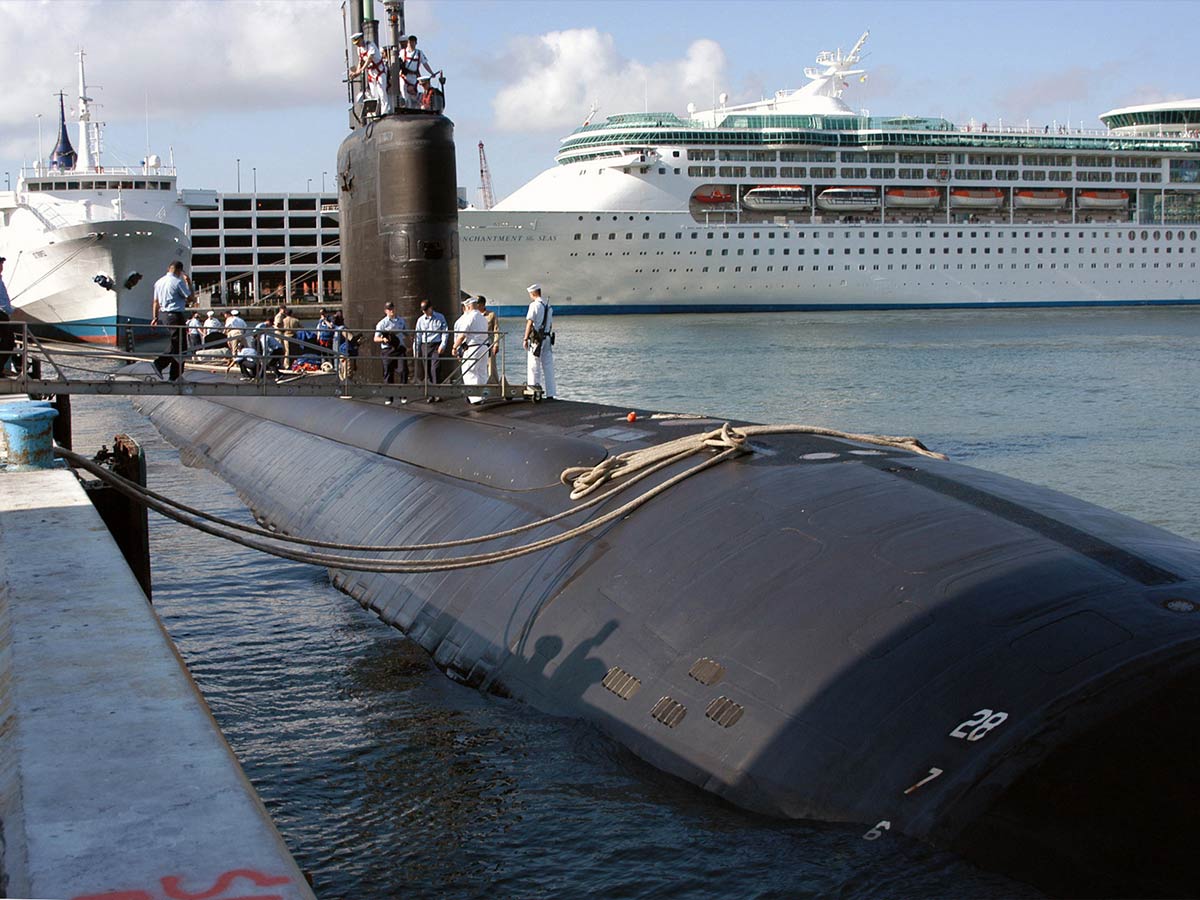
The USS Miami, a Los Angeles-class nuclear submarine, suffered a devastating fire in May 2012 while docked at the Portsmouth Naval Shipyard in Maine. The blaze was intentionally set by a civilian worker seeking to leave work early, leading to extensive damage throughout the vessel.
Initially, repairs were estimated to cost around $450 million, with the intention of returning the submarine to service. However, amidst escalating costs and budgetary constraints, the decision was made to decommission the USS Miami instead. The incident resulted in a significant financial loss, estimated at over $700 million total.
Boston's Bid for the 2024 Olympics
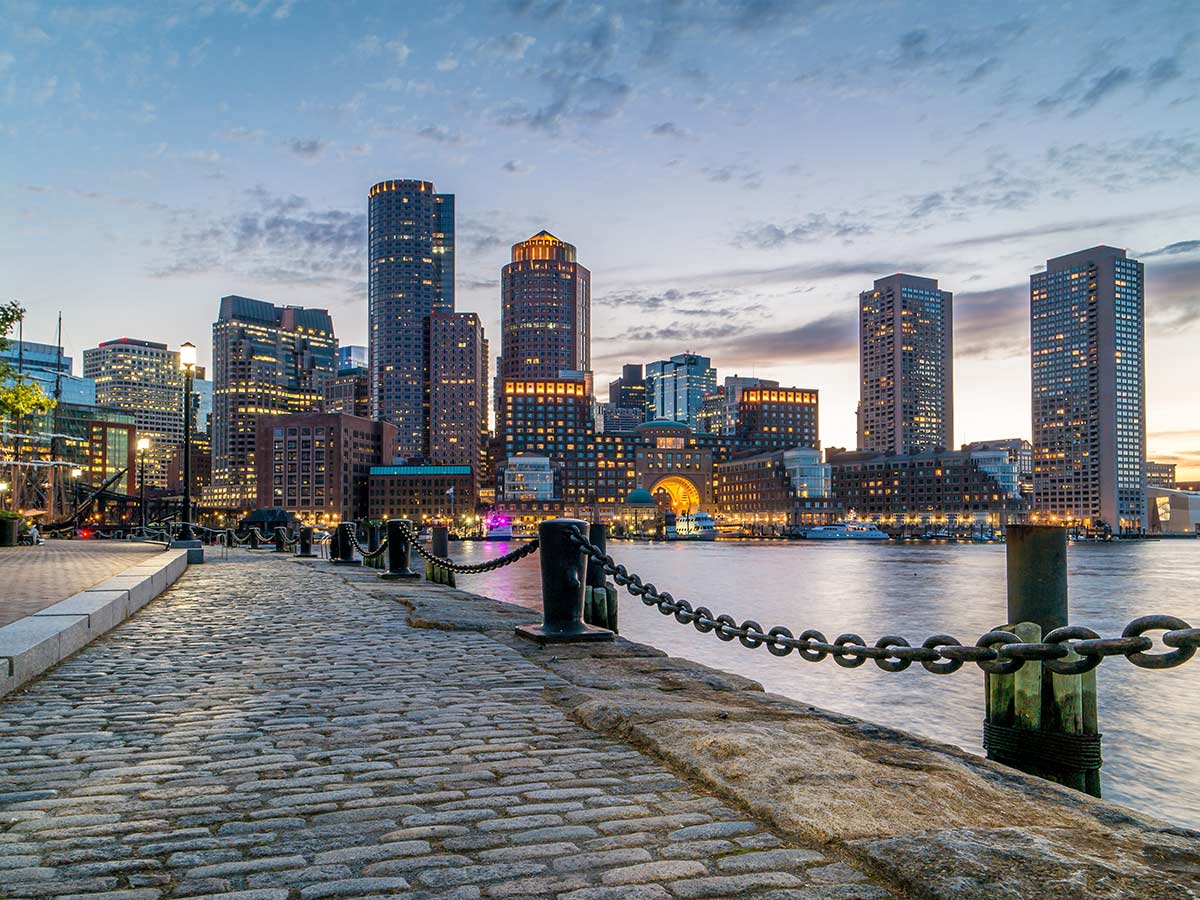
Boston's bid for the 2024 Olympics was a short-lived venture that drew significant public and political scrutiny. The city was initially selected by the USOC as the U.S. candidate, sparking debates over the potential costs and benefits.
Amidst growing opposition and the lack of widespread public support, Boston withdrew its bid in July 2015. However, this decision came after over $4 million had already been spent on the bid process.
Quibi

Quibi, a short-form streaming service launched in April 2020, aimed to revolutionize how people consumed video content, focusing on mobile users with episodes under 10 minutes. Despite raising nearly $2 billion from investors and a star-studded content lineup, Quibi struggled to gain traction.
Facing low subscriber numbers and stiff competition from established streaming platforms, Quibi announced its shutdown just six months after its launch. The failure resulted in a significant financial loss, with the company returning approximately $350 million to investors.
NASA Mars Orbiter
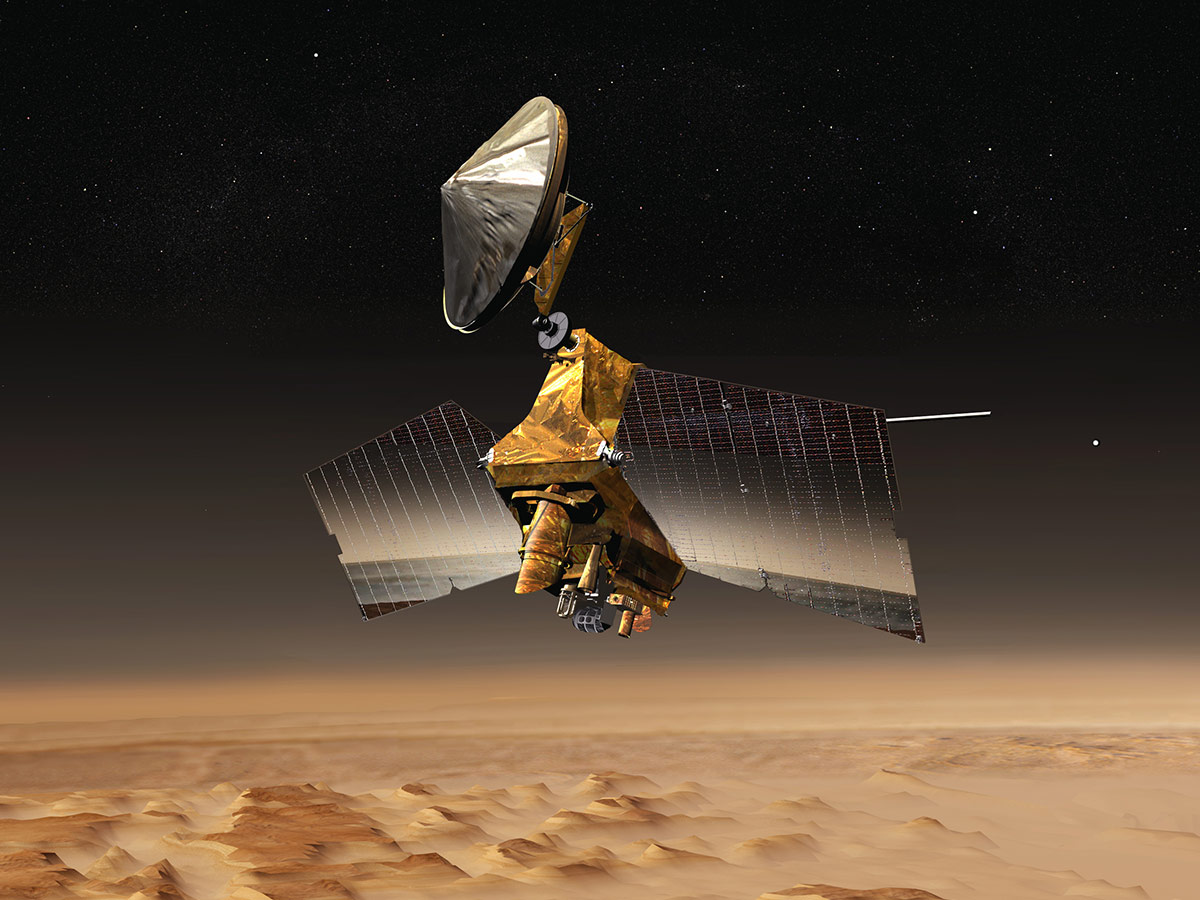
The failure of NASA's Mars Climate Orbiter in 1999 stands as a cautionary tale about the mportance of communication. A catastrophic misunderstanding between metric and imperial units among engineering teams led to the spacecraft burning up in the Martian atmosphere instead of entering orbit.
This mishap resulted in the loss of the $327.6 million mission and prompted NASA to reevaluate its procedures and strengthen its approach to project management and international collaboration.
London’s “Walkie Talkie” Tower
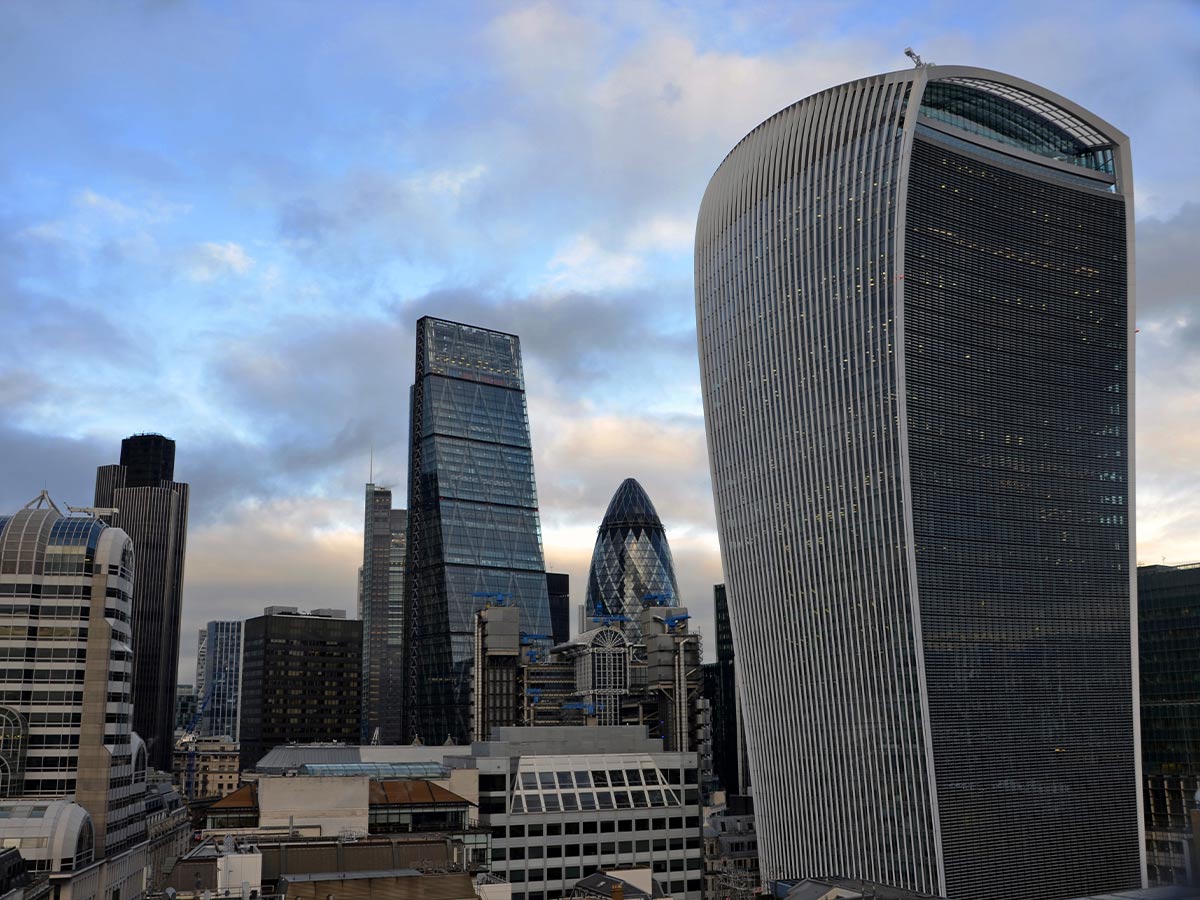
London's "Walkie Talkie" Tower, officially known as 20 Fenchurch Street, experienced significant scrutiny due to its unconventional design, which led to unforeseen issues. The building’s concave shape acted like a magnifying glass, concentrating sunlight and causing damage to vehicles and property in the vicinity
This phenomenon, dubbed the "Walkie Scorchie," necessitated the installation of a sunshade to mitigate the problem. While the exact financial losses were not publicly disclosed, estimates for the installation and repairing damaged property are somewhere in the millions of dollars.
Ronald Wayne's Sold Apple Shares

Ronald Wayne, one of the co-founders of Apple alongside Steve Jobs and Steve Wozniak, infamously sold his 10% stake in the company for just $800, only 12 days after its inception in 1976. Wayne's decision, driven by concerns over financial risks, is now regarded as one of the most unfortunate financial decisions in tech history.
Had he retained his shares, his stake would be worth tens of billions of dollars today, considering Apple's growth into the world's first trillion-dollar public company.
The Restoration of King Tut’s Mask
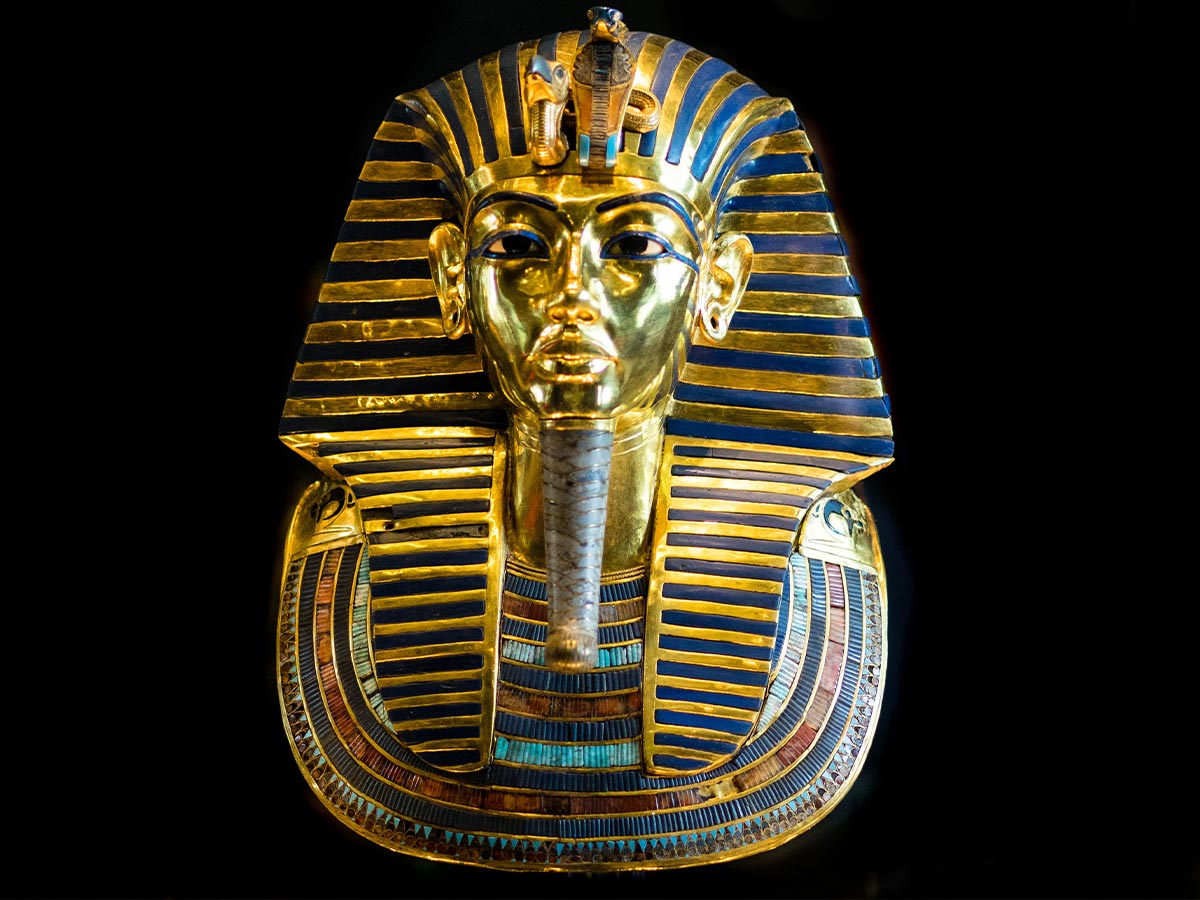
The attempted restoration of King Tutankhamun's iconic burial mask in 2014 became a contentious issue when the beard was accidentally detached and hastily reattached with epoxy glue, compromising the artifact's integrity.
The incident necessitated further, more careful restoration work to correct the mistake, involving significant additional costs and expert consultation. While no specific numbers were given for the cost of this second restoration, it's estimated to range from hundreds of thousands to a million dollars.
The Millennium Bridge’s wobble

The Millennium Bridge in London opened in June 2000, earned the nickname "The Wobbly Bridge" due to unexpected swaying caused by pedestrian foot traffic.
The bridge was closed just two days after its grand opening for modifications to eliminate the wobble, a process that took over two years and cost approximately £5 million. This additional expenditure significantly increased the project's total cost.
Alitalia’s $39 Flights
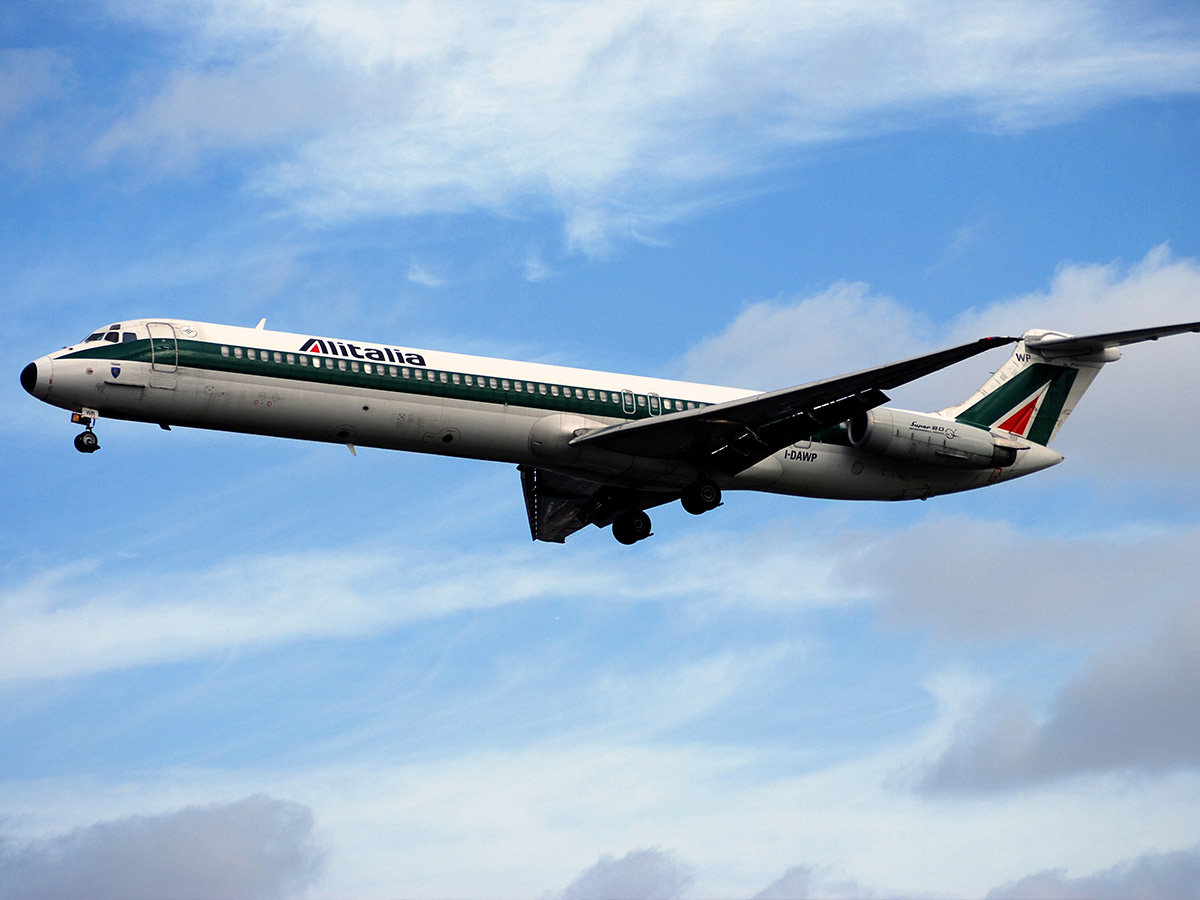
Alitalia, the Italian national airline, faced a significant financial blunder when it mistakenly offered business class flights to the Seychelles for as low as $39, a result of a pricing error on its website. The error quickly went viral, with thousands of travelers booking flights at extraordinarily low rates.
Alitalia honored the mistakenly priced tickets, showcasing commendable customer service but at a substantial cost. It's estimated that this error cost the company at least $7 million.
Lake Peigneur Sinkhole

The Lake Peigneur sinkhole disaster in 1980 was a catastrophic event caused by a Texaco oil rig drilling into the Diamond Crystal Salt Mine beneath the lake in Louisiana, mistakenly puncturing the mine's roof. The resulting whirlpool swallowed the drilling platform, several barges, and hectares of the surrounding land.
Remarkably, there were no fatalities, but the ecological and property damage was substantial. The repair and compensation costs soared to over $40 million, with lawsuits settled to cover the extensive damages to the mine, the environment, and local properties.
Sinking of the Titanic

The sinking of the RMS Titanic in 1912 was not only one of the deadliest peacetime maritime disasters but also a financial catastrophe. The ship itself cost approximately $7.5 million to build (over $200 million today when adjusted for inflation).
The loss of the Titanic incurred a significant financial toll on its owners, the White Star Line, and their insurers, with claims reaching up to $4 million (about $100 million today). This colossal sum covered the ship, cargo, and personal losses, marking the disaster as one of the most expensive maritime tragedies of its time.
Lost Wallet with 7500 Bitcoin

James Howells, an IT worker from the UK, inadvertently threw away a hard drive in 2013 that contained 7,500 bitcoins. At the time, bitcoin was relatively new and not nearly as valuable as it became later on. Howells had mined the bitcoins when they were worth very little.
However, as Bitcoin's value skyrocketed, his lost digital fortune grew to be worth hundreds of millions of dollars. Despite repeated attempts to excavate the local landfill where he believes the hard drive ended up, all efforts have been unsuccessful.
New Coke
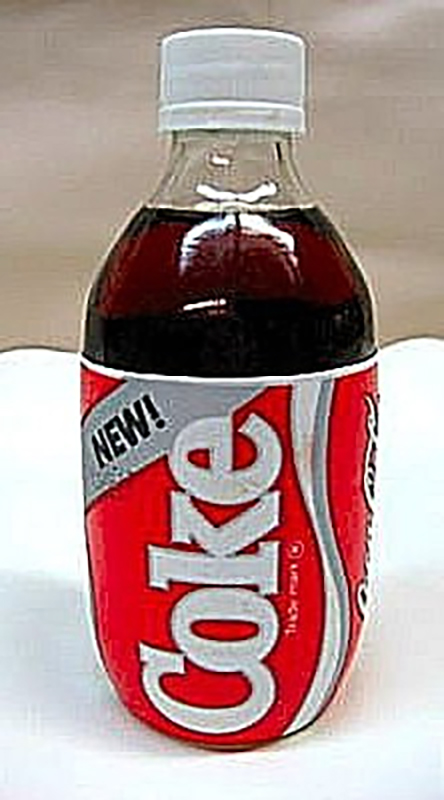
The New Coke fiasco in 1985 is a classic example of a marketing misstep. Coca-Cola introduced New Coke, altering the original formula in an attempt to compete more effectively with Pepsi. However, the public backlash was immediate and intense, leading to a swift return to the classic formula within just 79 days.
Although Coca-Cola never disclosed the exact financial impact, it's estimated that the New Coke blunder cost the company millions in research, production, and marketing efforts, not to mention the incalculable cost to its brand reputation.
2017 British Airways Blackout
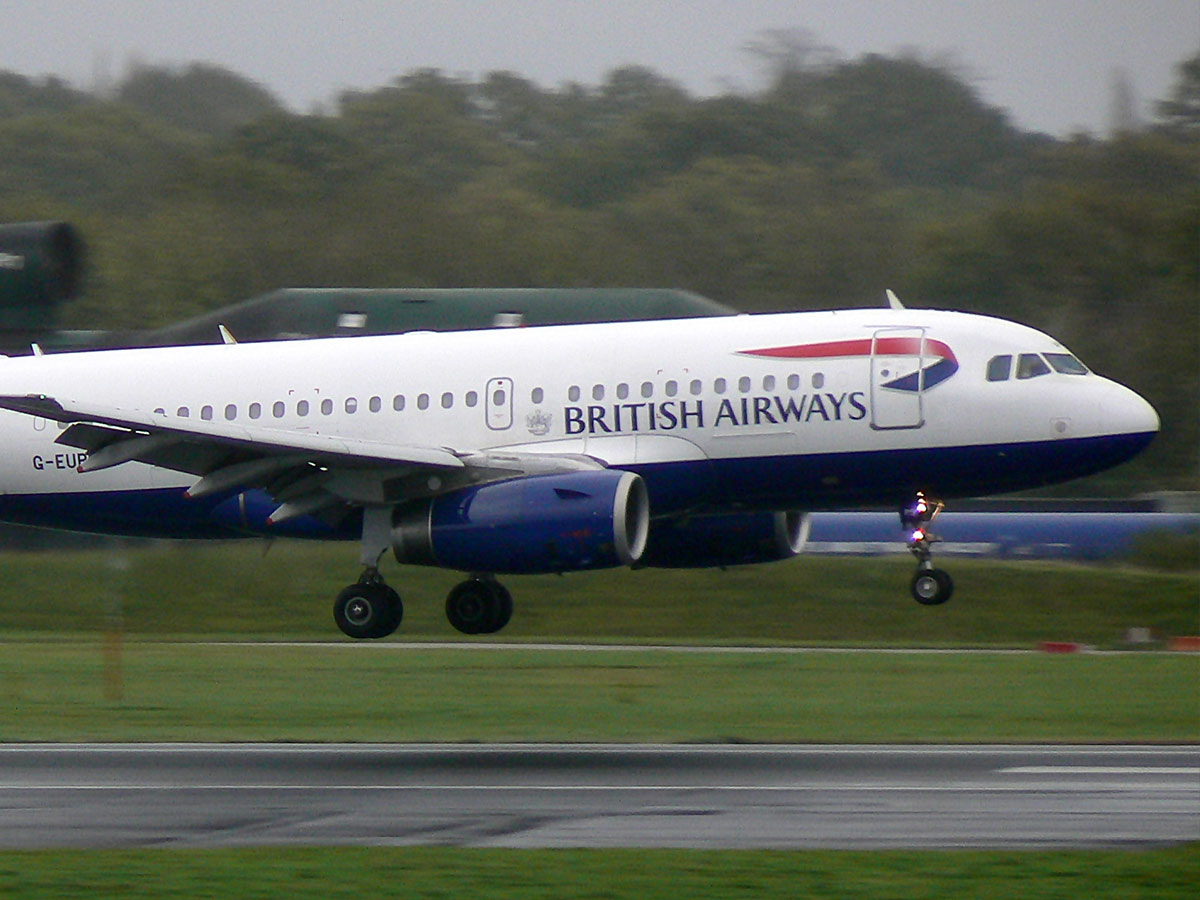
In May 2017, British Airways experienced a massive IT failure, reportedly caused by a power supply issue, leading to a global system outage. This blackout resulted in the cancellation of over 670 flights, stranding 75,000 passengers during a busy holiday weekend.
The disruption not only damaged the airline's reputation but also inflicted significant financial losses. British Airways' parent company, IAG, estimated the debacle cost to be £80 million (about $102 million).
Editing out Henry Cavill’s Facial Hair in Justice League

The decision to digitally remove Henry Cavill's facial hair in "Justice League" arose when he was called back for reshoots but was concurrently filming "Mission: Impossible - Fallout," for which he had grown a mustache. Contractual obligations with Paramount Pictures prevented him from shaving, leading Warner Bros. to opt for costly CGI to remove his mustache in post-production.
This decision became a widely discussed topic, with estimates suggesting the CGI corrections cost up to $25 million.
Publishers Rejecting Harry Potter

Before J.K. Rowling's "Harry Potter" series became a global phenomenon, her initial manuscript faced rejection from twelve different publishers. These publishers passed on what would become one of the most lucrative literary franchises in history. The series has since sold over 500 million copies worldwide, been translated into 80 languages, and spawned a multi-billion dollar movie franchise, theme parks, and a vast array of merchandise.
The publishers who rejected Rowling missed out on an unprecedented profit opportunity, estimated to have generated billions in revenue.
 Author
Ron Winkler
Last Updated: November 23, 2025
Author
Ron Winkler
Last Updated: November 23, 2025